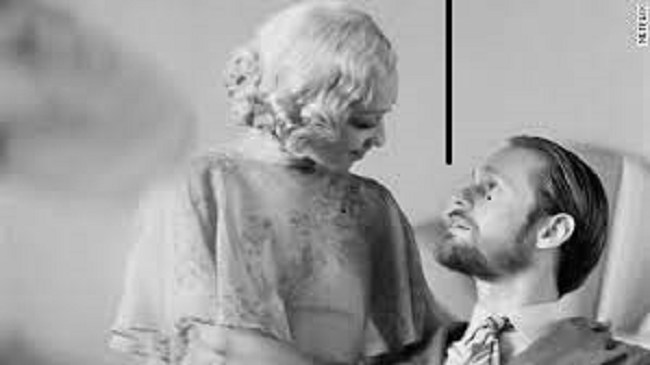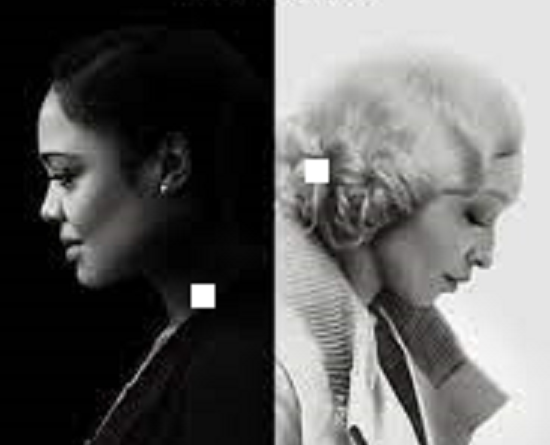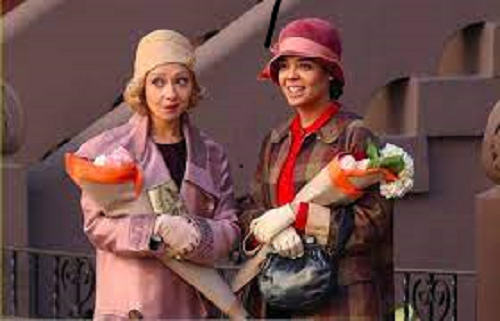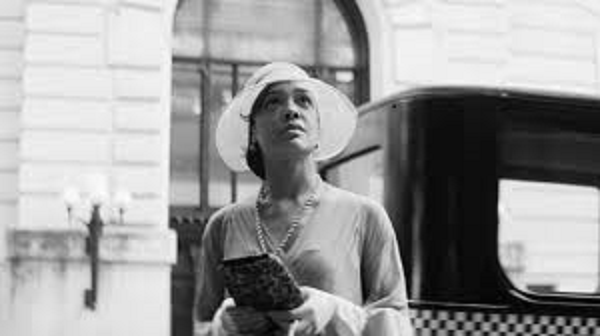Passing Film Explained: Review Of The Movie Adaptation Of Nella Larson’s Novel.
Nominated by Time Magazine as one of the best movies of 2021, ”Passing” is a masterpiece. But this film is so complicated, it deserves to be explained and reviewed, hence the massive online search for “Passing Film Explained”.
Particularly, the ambiguous ending. If this wasn’t the case, “Passing film ending” and “Passing film summary” won’t be trending as much as it is.
In this review of the movie Passing, we will give a synopsis, a summary and an explanation of this masterpiece. Yes, the ending was deliberately made ambiguous and we will explain why the director made the cinematic choices she made.
Passing Film Explained and Reviewed.
Directed by Rebecca Hall, this movie boasts an amazing cast of actors and actresses. It features:
- Tessa Thompson as Irene “Reenie” Redfield
- Ruth Negga as Clare Bellew
- André Holland as Brian Redfield
- Bill Camp as Hugh Wentworth
“Passing” opens with black-and-white scenes filled with random chatter and clacking, shoed feet. These scenes seem to be gently ushering the observer into the era of the Harlem Renaissance, when the concept ‘passing’ seemed to be rife. The idea sent members of the public into a panic, especially as Caucasians regarded each other with suspicion as they tried to find out who was what. Racial lines seemed to blur and disappear; and ‘passing’ seemed to make a mockery of racial segregation and racial identity.

The movie “Passing”, is an adaptation of Nella Larsen’s 1929 widely celebrated novel about two childhood friends who run into each other at a 1920s highbrow restaurant in Harlem. And it is at this restaurant that we meet Irene Redfield (Tessa Thompson, who is casually passing as white. When the camera shifts, we notice a light-skinned woman watching Irene intently, so intently, in fact, that her confident gaze makes the observer fear for Irene’s life. Soon, Irene (through whose eyes the observer sees everything) had perceived the ‘white’ woman wrongly, that the light-skinned woman was indeed her childhood friend, Clare Kendry.
This scene forces us to think about the flawed nature of perception and the power of racial segregation. Rebecca Hall does a good job of revealing these important themes at an early stage of this movie. As the first few scenes unfold, the observer is forced to question the validity of racial categorizations and the artificiality of racial constructs.
As the characters converse, the observer realizes that Irene and Claire have opposing ideas of racial consciousness and gender roles.
“Does he know?” asks Irene Redfield, when she realizes that Clare Kendry is married to a rich, White, racist man.
Clare laughs nonchalantly and shakes her head no; of course, her class-conscious, race conscious husband does not know that she is Black. Her attitude suggests that her convictions about racial ethics are diabolically opposed to her desires of living a life free of racial limitations. Passing is a matter of convenience. And yet, Irene can’t help judging her friend for not sticking with her own people for breaking the racial code. Irene’s brows furrow with disapproval, confusion and fear even more when John Bellew comes home and expresses his racist views.
Irene Redfield is the quintessential moral black woman. It’s the facade she displays at home, on the streets and roads, when she’s hosting benefits events. She volunteers at African American fundraiser events, stays faithful to Brian, her Black physician husband, tries to protect her sons from the racist society and conceals her attraction to Claire by assuming that her feelings are shared by Brian Redfield.
Clare Kendry is the complete opposite and perhaps this explains why Irene seems to be attracted to Clare’s avant-gardism, brashness, self-confidence, and gumption.
In the movie, Clare sneers at the socially defined gender roles and carries herself with the self-assuredness and carefreeness of one who understands and acknowledges the ephemerality of life. She laughs a bit too loudly, dances tirelessly, drinks without apologies, weeps shamelessly, and confesses her longing for Harlem. In short, sad handwritten letters, Clare expresses her deep sadness and loneliness as an African American who inhabits the vacuous world of Caucasians. Irene and her husband discuss these letters and form opinions about the writer.
Irene is an unreliable point of view character. She is often groggy, knocked out or fatigued. However, her actions suggest she recognizes and accepts Clare Kendry’s nostalgia for the vibrant African American community.
With time, Irene feels confident enough to take Claire to benefits and parties. From Irene’s point of view, everyone seems to gravitate towards Claire like gnats to a lamp. Everyone, it seems, includes Irene’s husband, Dr. Brian Redfield.
As time passes, Irene suspects that Claire and her husband are having an affair. But the film overrides Irene’s point of view. Occasionally, the camera zoomed in to show a wildly different picture from Irene’s foggy, upside-down, and flawed perspective. Once the camera revealed that Irene’s husband was standing meters apart from Clare, not inches apart, as Irene had led the observer to believe. When Clare weeps and expresses her deepest desires, the observer deciphers that Irene’s eyes might be deceiving her, that Clare may not be happy about getting the best of two worlds.
Slowly, Irene Redfield sinks into a deep depression that worsens with Claire’s presence and absence. She lies on her bed in a drugged haze or otherwise, drops flower pots and teapots and anything she desires to get rid of as she tells her friend, Bill the novelist. These scenes show the observer that Irene isn’t as innocent or safe as she seems. She’s passing as conventionally harmless, when in fact, she is not. Her penchant for dropping and smashing unwanted things foreshadows the climactic event at the end of the movie.
This climactic scene unfolds naturally as the climactic scenes of great movies are wont to do. Claire, Brian, and Irene are at a party when John Bellew charges in ranting and raving about what a wicked and deceitful woman his wife had been. And just as he made to attack her, Claire slipped over the window and fell to her death.
The movie is ambiguous about the cause of her fall. It’s difficult to decipher if Clare had been pushed by either the unsafe Irene or the racist, vengeful John Bellew or if she had jumped to her death because she couldn’t handle the repercussions of exposure. Three rounds or rewinds and replays of the scene of Clare’s revealed nothing specific. Perhaps it all goes back to perception. The observer is invited to construct or reconstruct Clare’s dying moments, to perceive what’s real and what’s hiding in plain sight.\
Wrap Up On Passing Movie Explained: A Review Of The Film Adaptation of Nella Larson’s Harlem Renaissance Novel.
The point of the movie was clear. Passing 1920s New York was a dangerous affair. Everyone knew this. And perhaps, Clare perceived and took her chance to exit life in the most glamorously ambiguous way possible.







